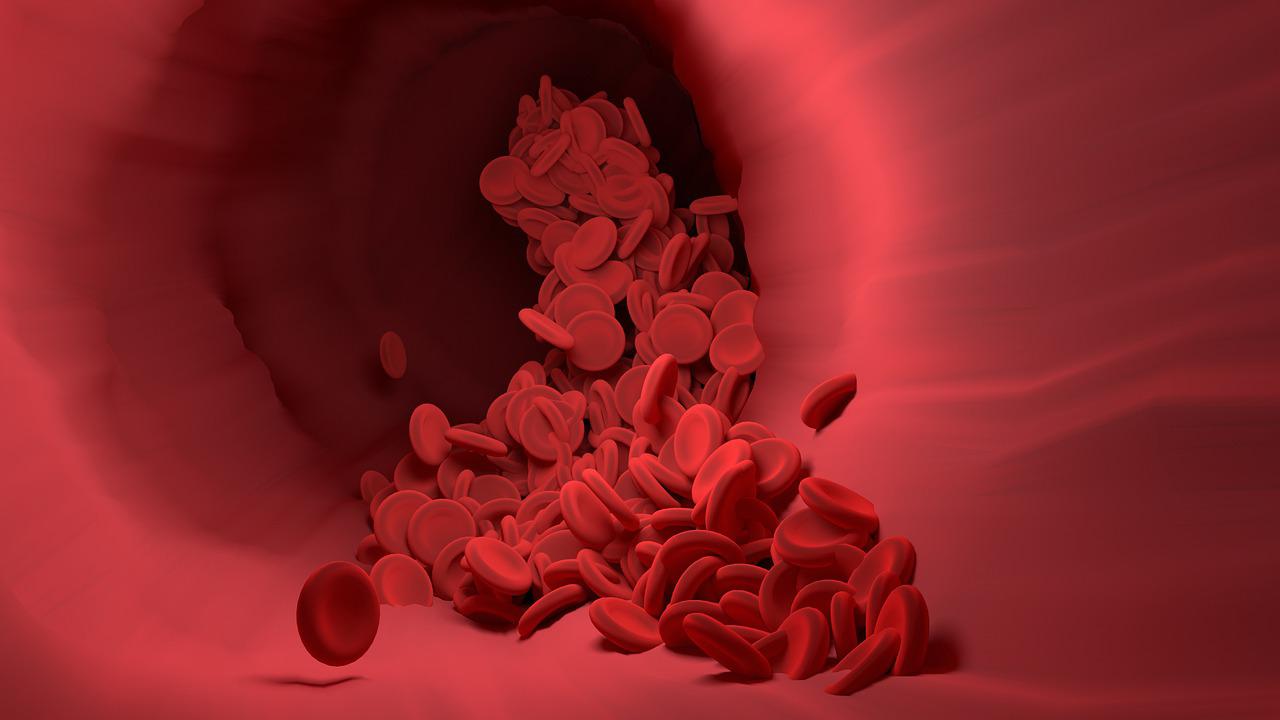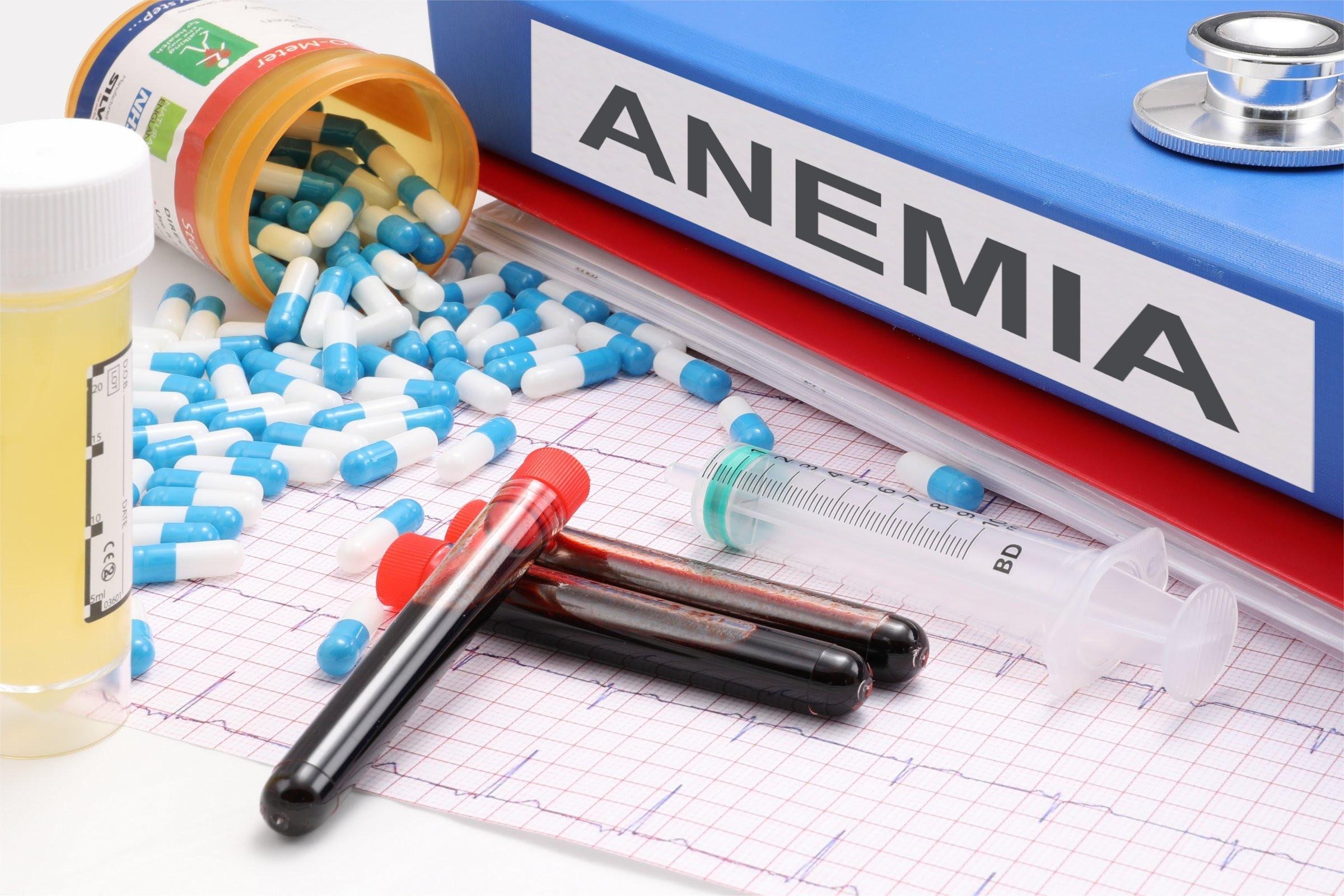this anemia According to the estimates of the World Health Organization (WHO), it affects more than 1.6 billion people worldwide, representing about 30% of the total population. The disease mainly affects women and children of reproductive age. WHO estimates that anemia affects 42% of children under the age of 5 and 40% of pregnant women.
Know what anemia is, what it is. reasons, symptomstreatment and prevention.
What is anemia?
Red blood cells or red blood cells are disc-shaped blood cells that carry oxygen to your body’s organs and tissues. Anemia occurs when the number of healthy red blood cells in your body is too low.
Every part of the body needs an adequate supply of oxygen to function effectively. Therefore, many of the symptoms of anemia, such as fatigue and shortness of breath, are caused by a reduced supply of oxygen to the body’s vital organs and tissues.
Red blood cells contain an iron-rich protein called hemoglobin. This protein binds oxygen in the lungs, allowing red blood cells to transport it and distribute it throughout the body. Therefore, anemia is measured by the amount of hemoglobin in the blood.
What are the causes of anemia?

Red blood cells are produced in the bone marrow and have an average lifespan of 100 to 120 days. On average, the bone marrow produces 2 million red blood cells every second, while approximately the same number of red blood cells are excreted from the circulation. About 1% of red blood cells are removed from the circulation and replaced daily.
Any process that negatively affects this balance between red blood cell production and destruction can cause anemia. The causes of the disease are generally divided into those that reduce production and those that increase the loss of healthy red blood cells.
Reduced production of red blood cells
Decreased production of red blood cells can be caused by DNA-related or behavior-related factors. Inherited causes that reduce red blood cell production, such as Fanconi Anemia or Blackfan-Diamond Syndrome, are very rare.
Behavioral factors are numerous, the most common being insufficient intake of nutrients such as iron and vitamin B12, which are the raw materials for the production of red blood cells.
Low production can also be caused by pathologies such as kidney diseases, tumors and certain types of cancer (leukemia, lymphoma and multiple myeloma), autoimmune diseases (lupus and rheumatoid arthritis), hypothyroidism and similar infections. Syndrome Human Immunodeficiency (AIDS) and tuberculosis.
Also, some treatments, especially chemotherapy and exposure to radiation and toxins such as lead, can cause decreased production of red blood cells and therefore anemia.
Increased loss of red blood cells
Further loss of red blood cells may also result from acquired or inherited factors. Acquired factors include accidents, injuries, surgeries, menstruation, and even blood loss due to childbirth or endometriosis. Losses can result from premature decomposition of red blood cells due to factors such as autoimmune activities, infections, exposure to toxins, and liver disease.
The most common hereditary cause is a malformation of red blood cells known as sickle cell anemia, the most common genetic pathology in the world. In some African countries, the disease occurs in 40% of the population.
How do you know if a person is anemic?

Symptoms of anemia are not always seen, as the body can compensate for early anemia. Symptoms of the disease vary depending on the type of anemia, the underlying cause, its severity, and related health problems. Symptoms common to many types of anemia include:
- easy fatigue and loss of energy;
- unusually fast heart rate, especially with exercise;
- shortness of breath and headache, especially when exercising;
- difficulty concentrating;
- dizziness;
- pale skin;
- leg pain;
- insomnia disease.
treatment and prevention

Treatment and prevention of anemia vary depending on the cause of the condition. Inherited conditions cannot be prevented and can be treated with medications, blood transfusions, and even bone marrow transplants.
In the case of acquired conditions, a diet rich in iron, vitamin C (which helps with iron absorption), and vitamin B12 is effective in treating and preventing the condition. The use of supplements may be indicated to accelerate recovery.
Anemia can be dangerous
If anemia is left untreated for a long time, it can lead to serious complications such as heart failure, severe weakness and low immunity. In addition, untreated disease can cause frequent infections, poor fetal development during pregnancy, premature birth and low birth weight babies. Therefore, at the first signs of the disease, a doctor should be consulted to carry out the most appropriate treatment.
Source: Tec Mundo
I am Bret Jackson, a professional journalist and author for Gadget Onus, where I specialize in writing about the gaming industry. With over 6 years of experience in my field, I have built up an extensive portfolio that ranges from reviews to interviews with top figures within the industry. My work has been featured on various news sites, providing readers with insightful analysis regarding the current state of gaming culture.













